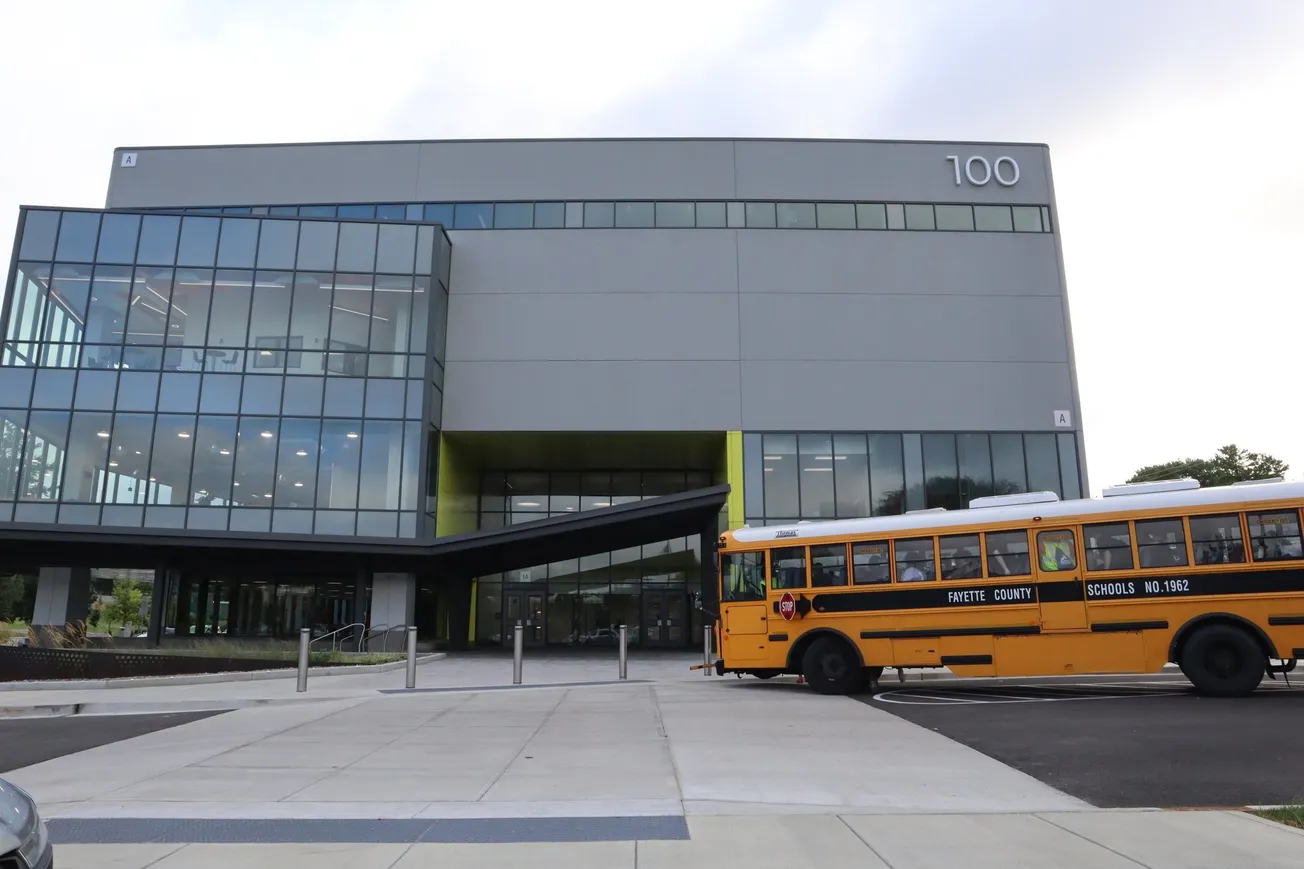Table of Contents
This report examines Kentucky's education efficiency by detailing the relationship between spending and academic achievement across school districts. “Bang for the Buck” finds that despite nearly doubling real education spending since the 1990 Kentucky Education Reform Act (from $2.1 billion to $4 billion in inflation-adjusted dollars), the state's education system shows troubling inefficiencies.
The bright spots are four “Diamond in the Rough” districts (Graves County, Eminence Independent, LaRue County, and Mason County) where students achieve above-average academic performance and graduation rates despite having poverty levels at or above the state average of 56% and receiving below-average per-pupil funding.
Some other highlights:
- Kentucky's education funding has nearly doubled since 1990 with minimal efficiency improvements: Real spending on public education increased 194% between 1989-2010 in inflation-adjusted dollars, yet the MUNIS financial accounting system remains so flawed after 6 years of promised fixes that accurate school-level efficiency analysis is impossible.
- "Diamond in the Rough" districts prove high poverty doesn't excuse poor performance: Four districts (Graves County, Eminence Independent, LaRue County, Mason County) achieve above-average ACT scores and graduation rates despite having poverty rates at or above the state average of 56% AND receiving below-average per-pupil funding.
- More spending correlates with lower test scores in Kentucky: The analysis found a negative correlation (-0.29) between district spending and ACT scores, indicating that districts spending more per pupil actually tend to produce lower academic achievement, directly contradicting the assumption that more money automatically improves outcomes.
The analysis demonstrates that Kentucky's constitutional mandate for an "efficient" education system remains unfulfilled, as more spending has not translated into better outcomes, and the state urgently needs to repair its financial tracking systems to identify which specific educational programs and practices deliver the best results for taxpayer dollars.








